Moving out of a rental property can be exceptionally stressful when your security deposit is at stake.
Meticulously documenting the state of the home is a smart strategy in this situation. In fact, it can be your only saviour should any disputes arise down the road.
With the following guidelines, you can prepare for that imminent inspection and increase your chances of getting your entire deposit back.
Why It Matters
Documenting the state of the property protects your rights as a tenant. Your landlord will inspect the space before you leave, looking for any damage, lost property, or signs of inefficient cleaning.
If they discover anything missing, they could deduct cleaning or repair expenses from your deposit.
A record that covers every little detail offers solid proof that you have followed the mandated after tenancy cleaning requirements.
It shows that you have left all electrical appliances, fittings, and fixtures in good order as well. This archive of evidence will help you settle disagreements and prevent unjustified deductions.
Review the Inventory Report
You should have received an inventory report when you first moved in. This comprehensive list includes every item on the property, with a detailed description of its original condition.
It usually covers everything, from the floors and walls to the appliances. The furnishings and fixtures are typically highlighted as well.
Go over this record carefully before you move out. Use it as a guide to identify areas that require any repairs or additional care during your clean-up.
Ultimately, your end goal is to match the state of the property to what is mentioned in the inventory list as closely as possible.
Perform a Thorough After Tenancy Cleaning
Making sure the space is perfect before your last inspection is crucial. Subpar cleanliness is one of the main causes of deposit deductions.
End of tenancy cleaning is all about restoring everything to the state it was when you first arrived. A brief tidy-up will not cut it. These areas will likely need extra attention:
- Kitchen. The cupboards and appliances should all be spotless, both inside and out, and so should the countertops and floors.
- Bathroom. Scrub the shower, washbasin, and toilet. Additionally, eliminate any limescale and polish the mirrors and tiles.
- Living room and bedrooms. Wipe down all surfaces and sweep the carpets. Consider renting a carpet cleaner to get any obvious stains out.
- Windows. If possible, clean the windows, both from the inside and the outside.
- Floors and walls. Remove any scuff marks or nail holes from the walls and mop the floor.
If your rental agreement mandates professional maintenance, use a specialised cleaner and keep the receipt. This provides evidence that the property was maintained to the highest standards.
Take Photos and Videos
Now that you are done cleaning, it is time to channel your inner filmmaker and start documenting. Take pictures and videos of every room, making sure that each one is properly lit.
Every detail of the following elements should be crystal clear:
- Flooring;
- Walls;
- Windows;
- Appliances;
- Furniture;
- Bathroom fixtures;
- Cabinets and doors.
Take wide-angle views to highlight the state of each room, in addition to close-ups of any potentially problematic areas, like minor scratches or markings.
Remember to snap pictures of any repairs you have done, too, such as paint touch-ups or hole fillings.
Recording a video tour of the property is also a smart move. It will help document the state of more expansive places, like corridors and living areas, and clarify even more details than images.
It helps to talk as you go to highlight anything notable about the state of the property.
Note Down the Condition of Appliances and Fixtures
Beyond the general look of the house, landlords will also look to ensure that every fixture and appliance is operating as it should.
To cover all your bases, test every piece of equipment in each room and make sure they are in good working condition.
This should include the oven, refrigerator, and washing machine. The taps, shower, and toilet should be on the list as well.
You also need to check the heaters, radiators, and extractor fans. Finally, make sure every light in the house is working, and replace any burnt-out bulbs.
This entire process should be documented in pictures or videos as well. If you see any problems, record them and notify your landlord. This demonstrates your proactive identification of issues, which can help you avoid conflicts moving forward.
Gather the Necessary Documents
Apart from images and videos, make sure you gather any additional materials that can help settle future disputes.
This includes a copy of the professional end of tenancy cleaning receipt, as well as any invoices for rendered repair services.
If you have previously discussed repair or cleaning requirements with your landlord, save those emails or messages, too. You never know if you will need them in the future.
Attend the Final Inspection
Try to be present for the landlord’s inspection. This allows you to address any issues personally, and directly explain anything that needs clarifying.
It also gives you a chance to take care of anything your landlord finds unsatisfactory before they deduct it from your deposit.
Remember to keep your records on hand for the inspection so you can prove your case should any conflicts arise.
Protect Your Rights with Deposit Protection Schemes
In the UK, government-approved plans are established to protect rental deposits. This gives you an official means to challenge any unfair withholding of a portion of your money.
In case you are unable to reach an amicable agreement, you will have to provide evidence to the deposit protection programme. This is another instance in which the pictures, videos, and receipts you saved will come in handy.
To reach a fair verdict, they will consider your side of the story as well as that of your landlord.
Having all these papers ready allows you to back up your case from a position of strength.
Conclusion
Following these simple guidelines will enable you to confidently hand back the keys, knowing full well that you will get your security deposit back.
Use the inventory report for reference, clean the property meticulously, take pictures and videos of everything, and test all appliances.
So long as you check these tasks off your list, you do not have to dread the final inspec
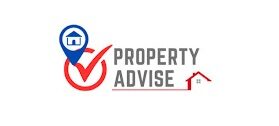
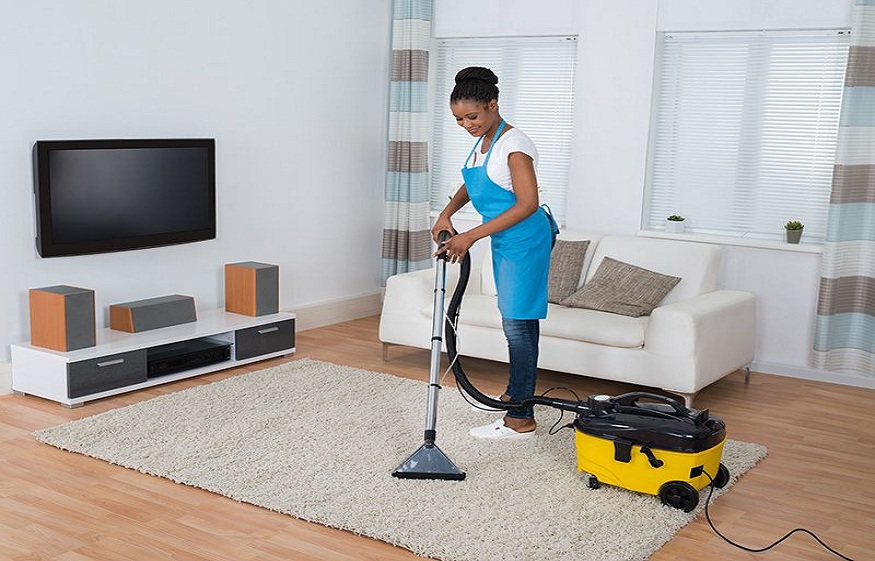
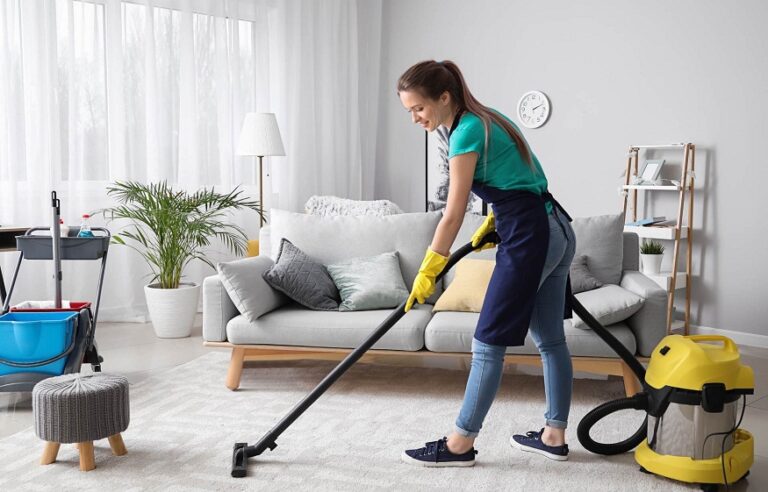

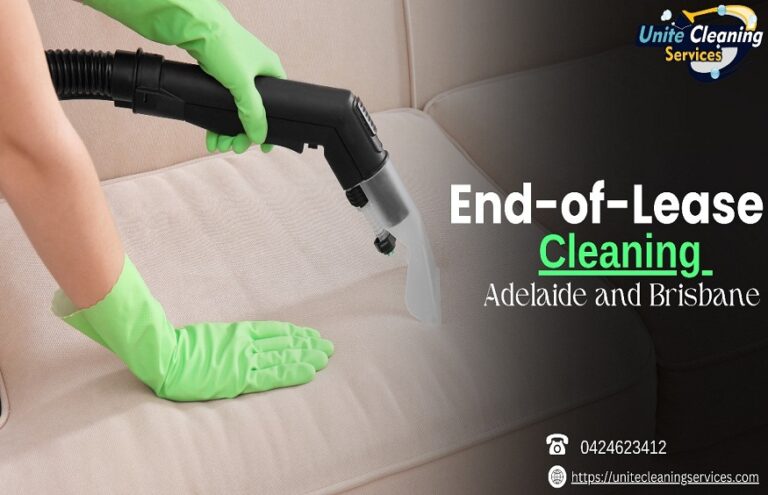

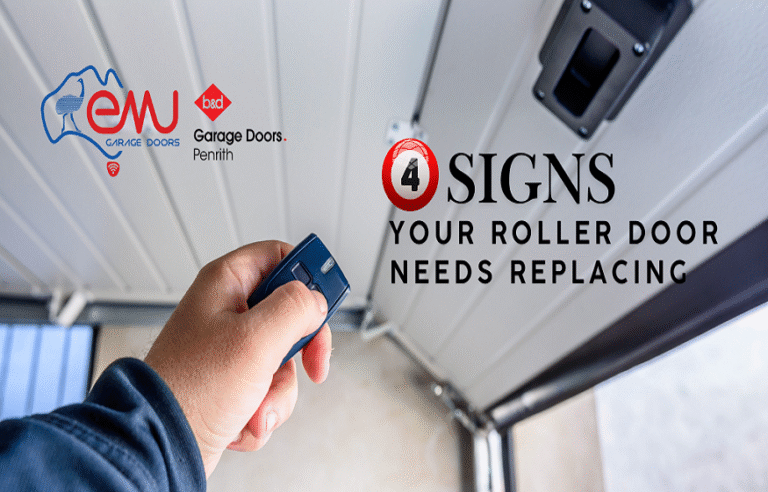
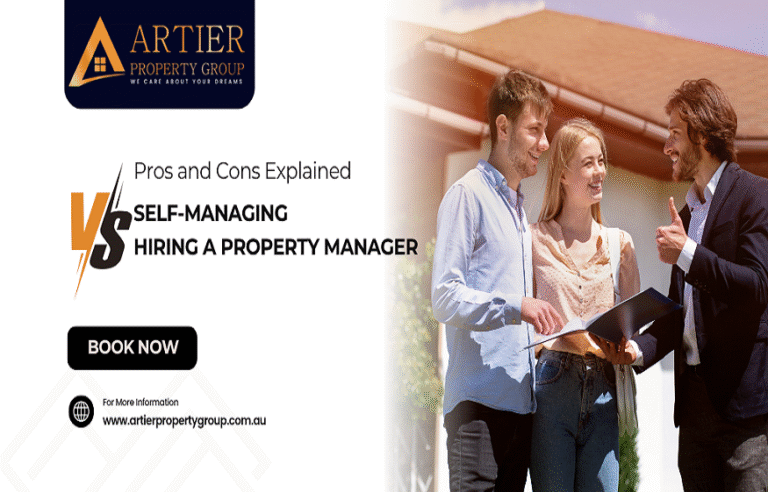
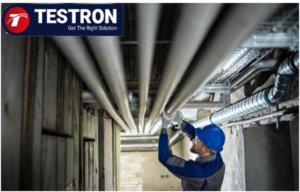
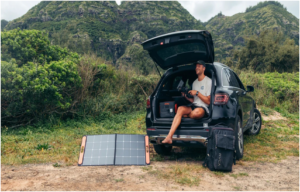
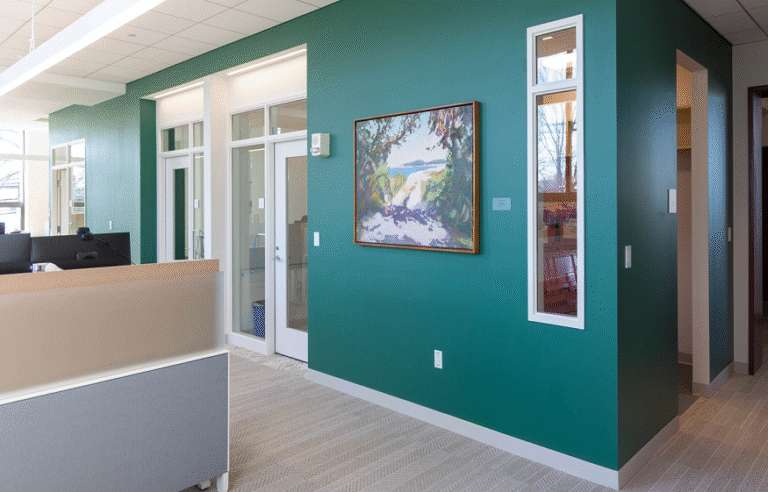
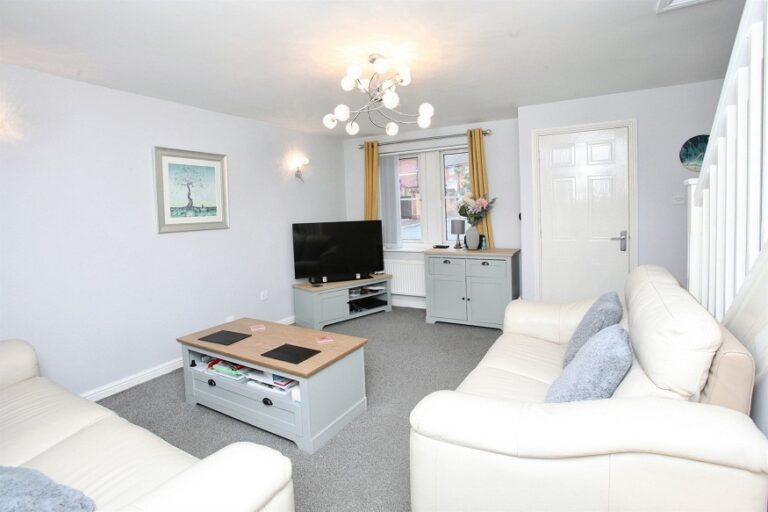
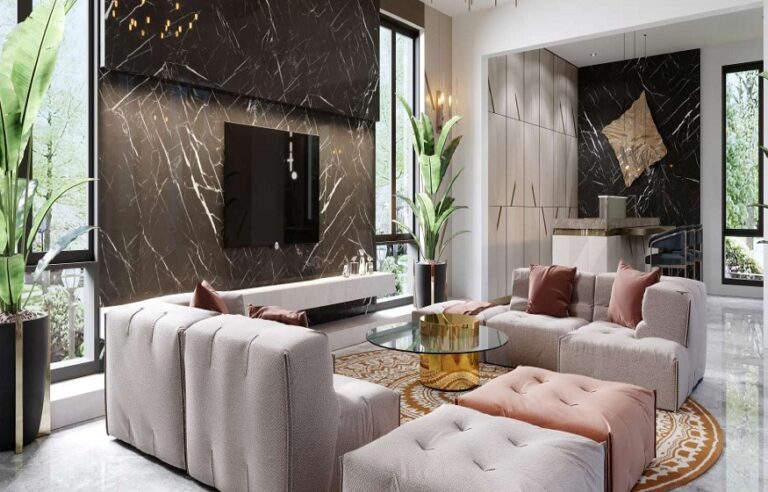
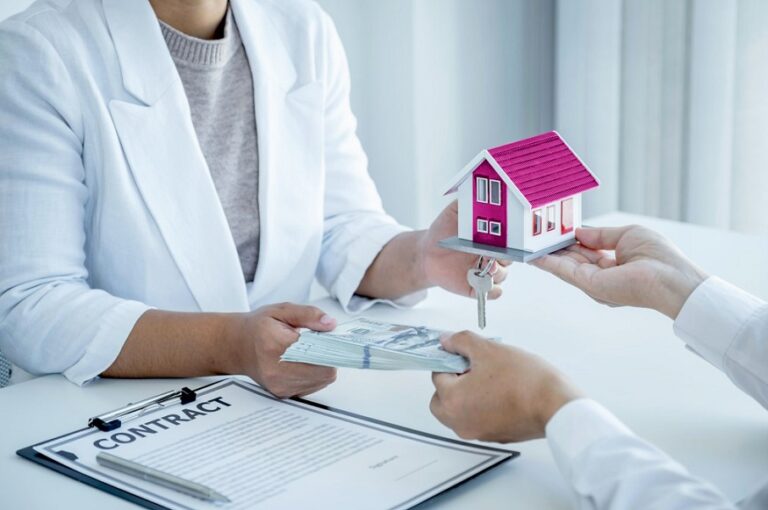
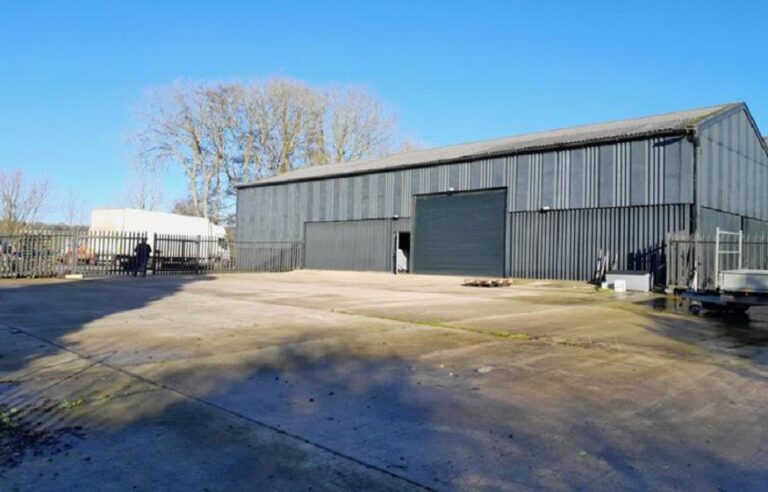
+ There are no comments
Add yours